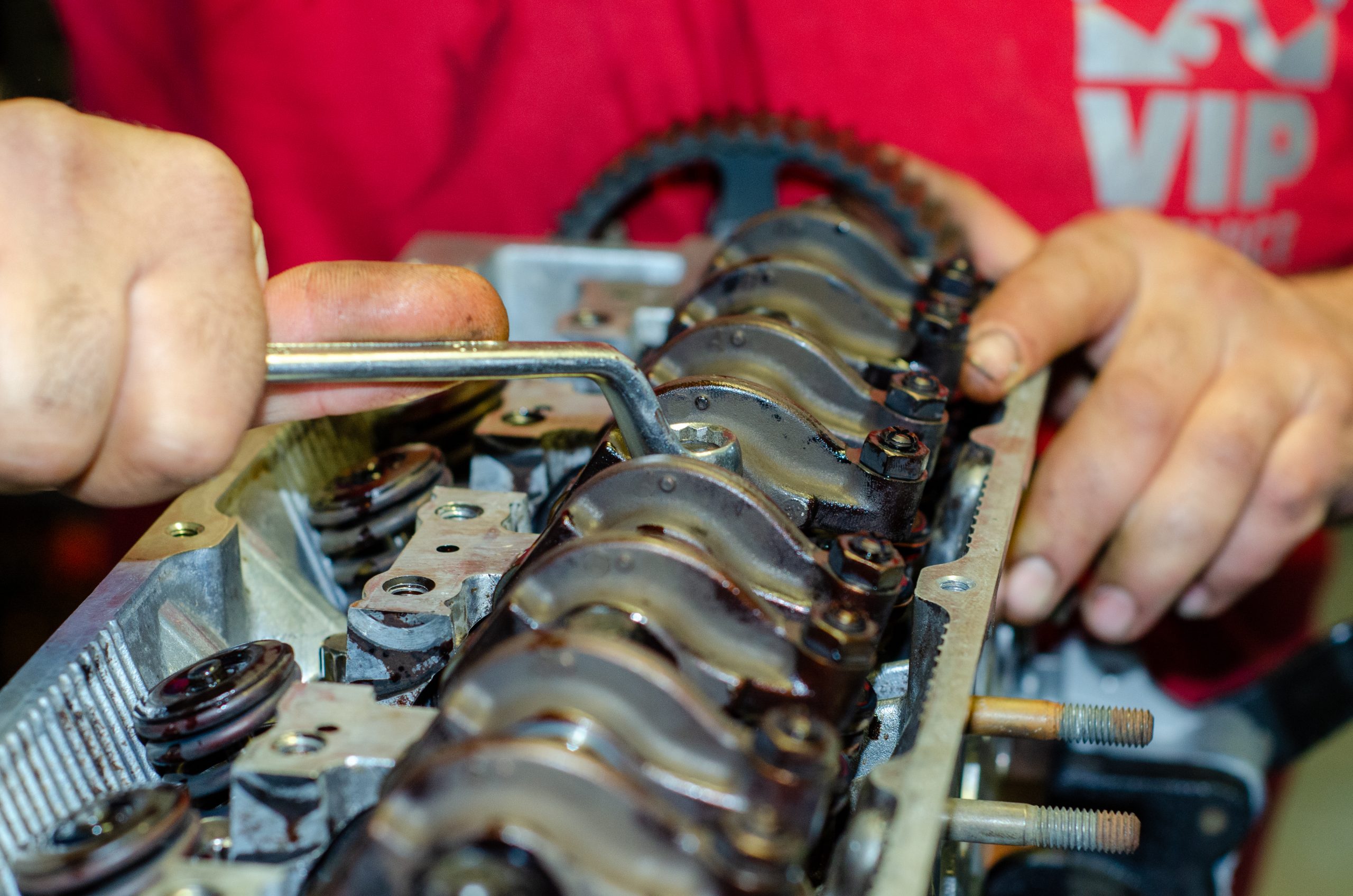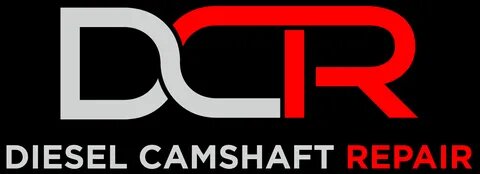The Role and Function of a Camshaft
A diesel camshaft is an essential part in diesel engines, responsible for managing when the engine valves open and close. It’s a long, rod-like part that stretches across the engine. It’s made of strong steel or iron for lasting use and has special bumps (lobes) along it. In a diesel engine, the camshaft is either above or next to the top part of the cylinders. The placement of a camshaft depends on the engine design. It can be located high up in overhead designs or lower down in in-block designs.
As briefly mentioned, the main job of the camshaft is to open and close the engine’s air intake and exhaust valves. The bumps on the camshaft push parts to move the valves, opening them at the right times during the engine’s cycle. The timing of the camshaft is very important. It moves in sync with the crankshaft, connected by a belt, chain, or gears. In a four-stroke diesel engine, the camshaft turns once for every two turns of the crankshaft. This keeps the air-fuel mix and exhaust gases moving in and out of the engine correctly.
The design of the bumps (cams) on the camshaft affects how much and for how long the valves open. This changes the engine’s power, fuel usage, and emissions. In today’s diesel engines, a technology called variable valve timing (VVT) is often used. This technology lets the engine adjust when the valves open and close.
It’s controlled by the engine’s computer (ECU), which helps the engine run better and more efficiently under various speeds and conditions. This means the engine can perform well whether it’s running fast or slow, or under heavy or light loads, making it more adaptable and efficient in different driving situations.
Why is maintenance required?
Keeping a diesel engine’s camshaft in good condition is crucial for the engine to work well and last a long time. The camshaft plays a key role in managing when the engine’s valves open and close, which is essential for the engine to run properly. If it’s not maintained, the camshaft can wear out faster, the engine might not perform as it should, and there could be serious damage to the engine. Here’s what can happen:
Increased Wear and Tear:
If a camshaft isn’t regularly oiled, it and its parts, like bearings and lobes, can rub against each other more. This extra friction causes the parts to wear out faster. As they wear out, the camshaft doesn’t work as well as it should. Over time, this can make the camshaft less effective in controlling the engine’s valves. Eventually, the wear can get so bad that the camshaft might stop working completely. This means it won’t be able to open and close the valves at the right times. If the camshaft fails, the engine can suffer from serious problems. In the worst case, this could lead to the need for expensive repairs or even a full engine replacement.
Poor Engine Performance:
When a camshaft starts to wear out, it can’t control the engine’s valves as precisely as before. This lack of precision affects how the engine runs. One common problem is rough idling, where the engine shakes or runs unevenly when the vehicle is stopped. The engine might also lose power, making it feel weaker, especially when trying to speed up. This can be noticeable when driving uphill or carrying heavy loads. Fuel efficiency often goes down too, meaning the vehicle uses more fuel than usual. These issues can make the vehicle less reliable and more expensive to run.
Damage to Other Engine Components:
When it starts to fail, it doesn’t just affect itself – it can also harm other parts of the engine. For instance, if the camshaft breaks, it can hit and damage important parts like valves, pistons, or the cylinder heads. The valves, which control air and fuel flow, can get bent or broken. Pistons, which move up and down in the engine, might get damaged and not work right. The cylinder heads, which sit on top of the engine cylinders, can also crack or break. Fixing these parts can be very expensive and time-consuming. This kind of damage can even lead to the engine needing a complete rebuild.
Increased Oil Consumption and Leakage:
When the seals and bearings on a camshaft wear out, they can start to leak oil. This means the engine will use more oil than it should. You might notice you have to add oil to the engine more often. If there’s an oil leak, you could find oil spots under your vehicle. Running an engine with too little oil can be really bad for it. The engine parts need oil for lubrication, and without enough, they can get damaged. This damage can be serious and expensive to fix. So, keeping an eye on oil levels and leaks is important to prevent bigger problems.
How often should inspections on a camshaft be performed?
The frequency at which a camshaft should be checked depends on several factors, but a general guideline is to inspect it as part of regular engine maintenance. This usually means checking the camshaft whenever you have a routine service, like an oil change. For most vehicles, this could be every 5,000 to 10,000 miles.
However, the specific interval can vary based on the make and model of the vehicle, as well as its age and how you use it. If you drive in harsh conditions, like dusty areas or with frequent start-stops, more frequent checks might be needed. During the check, a mechanic will look for signs of wear, like scoring or pitting on the camshaft. Catching issues early can prevent more serious engine problems later. Always refer to your vehicle’s manual for the manufacturer’s recommendations on maintenance schedules.
The cost of repairing a camshaft can differ greatly, influenced by factors like your vehicle’s make and model, with luxury or high-performance cars often being more expensive to fix. The severity of the damage plays a big role too; a severely damaged camshaft might need replacing, which costs more, especially if it has caused damage to other engine parts.
The price of replacement parts, such as a new camshaft, bearings, or seals, varies, and original parts from the manufacturer are usually pricier than aftermarket alternatives. Labor costs also contribute, as engine work can be complex and time-consuming, particularly if the camshaft is hard to reach. Additionally, repair costs can vary based on where you live, due to differences in living costs and mechanic rates.
In summary, the diesel camshaft is a pivotal component in managing the air intake and exhaust gas expulsion in a diesel engine, playing a direct role in the engine’s combustion process and overall performance. Not maintaining the camshaft in a diesel engine can cause efficiency and performance problems, as well as severe engine damage, leading to costly repairs or needing a new engine. It is advisable to schedule an appointment with your local mechanic for a thorough inspection of your vehicle. Regular maintenance is essential to prevent these problems and ensure the engine’s longevity and reliable operation.


